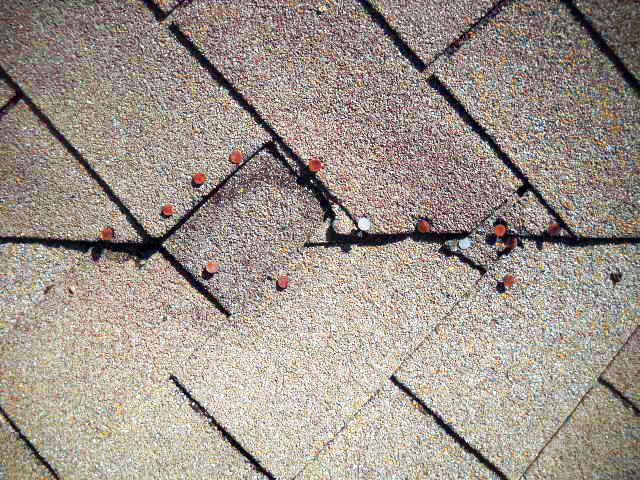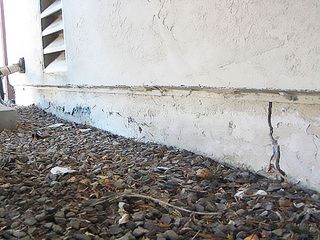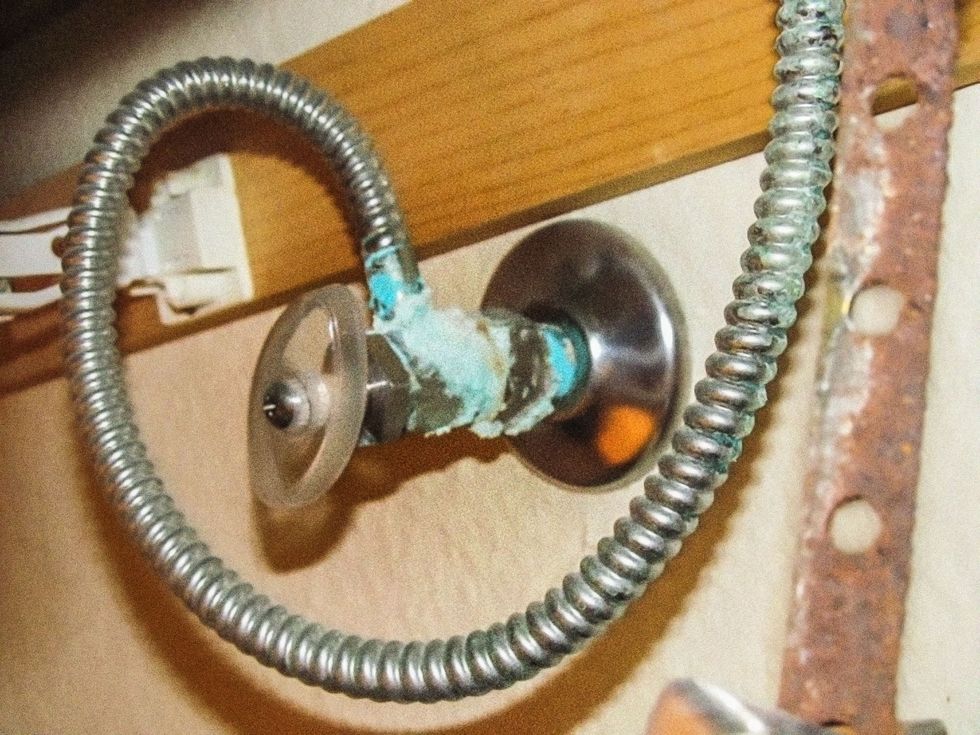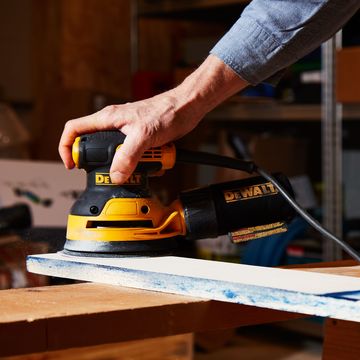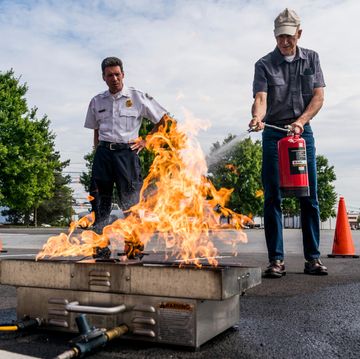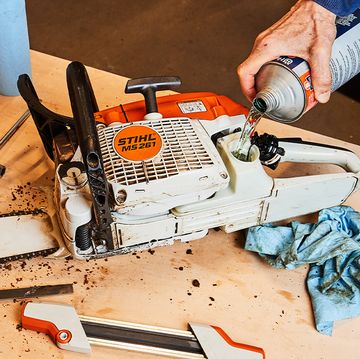Nobody will care more about the function and structure of your next house than you. That's no knock on professional inspectors, but you're the one living there. Your inspector—and he should be yours, not the agent's—gives your next home a bill of health, but you can save yourself time, money, and frustration by knowing what pitfalls to look for before you put an offer in.
(Find a certified inspector at homeinspector.org.)
What to Check
Scan the Roof
Walk across the street and check the roof for missing, cracked, or curling shingles. We recommend: Olympus Roamer 10x21 compact binoculars ($57).
Light Up Water Damage
Check for water damage in hard-to-view or dark spaces: behind toilets, basement corners, the attic ceiling. We like the pocket-friendly Ledlenser T2 flashlight ($44).
Test the Electrical Outlets
You're the only one who will take the time to check every outlet is wired correctly. This simple tool is all you need: Klein Tools Receptacle outlet tester ($10).
Uneven Floors
Use a large marble to test floors for slants or low spots. This can indicate a house settling unevenly and possible foundation damage.
Listen
Two bad-news sounds: a water drip you can't find (plumbing leak in the walls) and a buzzing service panel (probably overheating, definitely a fire hazard).
Follow the Water
Check that rainwater from the roof drains away from the house—including once it hits the ground, which should slant down from the edge of the foundation.
Key the Wood
If any wood looks suspect—possible water or insect damage—press the point of your house key into a discreet spot. Healthy wood won't yield, damaged wood will feel spongy.
A Green Light
A basement full of old cardboard boxes indicates that water has never pooled on the floor.
Find the Service Date
Large mechanical systems, such as a water heater, should bear their last service date in Sharpie.
Walk the Perimeter
Scan the foundation for cracks, the siding for peeling paint or rot, and that the surrounding foliage doesn't touch sides or extend over the roof.
Uncover Hidden Leaks
To check for an out-of-sight plumbing leak, make sure nothing is running in the house and check the water meter.
The Red Flags:
• Fog between double-paned windows. It signals a broken seal and the entire window will need replacing.
• Ancient electrical brands. Any electrical service panels or fuse boxes bearing the names Federal Pacific, Sylvania, Zinsco, or Bulldog are old enough to need replacing.
• A drop from the garage to the driveway hints at water draining against the house (it's most common on downhill driveways), a potential foundation hazard.
• Any funky smell. Trust your nose. It's probably mold.
• Mineral buildup around plumbing points to a slow leak.
What Roy Would Ask
1 / When was the house reroofed?
2 / When was the furnace installed?
3 / How long has the owner lived here?
4 / Do the neighbors always park on their lawn?
HOW TO WALK AWAY
Always be prepared to walk away. Anybody in the business will tell you the same thing. It may sound coldhearted, but don't get emotionally attached to a house. Don't let your imagination go to work. Don't think about having Christmas in front of the fireplace or your kids running through the grass. You can get saddled with a home you're unable to repair.
The reality is, there are a lot of houses out there. But for many people, a house is the most serious financial commitment you'll take on. It will affect every aspect of your life and will determine whether you take a vacation or buy a new roof. At all times you need to be a realist and stay detached. If not, you can get hosed.
—Roy Berendsohn, Senior Home Editor
THE HOUSE WE DIDN'T WANT
The Perfect House Is a Myth—But here's how to find a great one
I was doing errands with my daughter one afternoon when I ran into the father of a girl I'd gone to high school with. He said that his daughter and her husband had just bought a house, and when I got back to our apartment I called my wife, Ann, in a panic—she was at work—and told her that we'd fallen behind our friends. Two weeks later, I went house-shopping for us, in a town a couple of hours away, and signed a binder for the second place the real-estate agent showed me. The agent asked whether I thought my wife ought to have a look first, and I said, Oh, no, I'm sure she'll love it. Ann hadn't come along because we hadn't wanted to subject our daughter, who was less than a year old, to a long, boring day in a car. But we'd talked about what we wanted—"big" and "old"—and this house, which was built in 1790 and had once served as a boarding-school dormitory, was both of those.
When I took Ann to see it for the first time, a month later, I had trouble finding not only it but also the town it was in. Then, when I did find it, she didn't like it at all. It needed paint, and it was filled with ugly wallpaper and cheap, low-hanging chandeliers, and the yard was a mess. But our daughter was crying, and the inspection hadn't turned up anything truly alarming, like rotten sills or a crumbling foundation, and my appointment with the real-estate agent had used up most of an afternoon. If we backed out now, how would we ever find another? So we bought it.
Well, that was thirty-two years ago, and we're still here. Getting rid of the wallpaper ended up being quite a challenge, but I got to fill my basement with power tools and I now know everything there is to know about ice dams. The town, once I learned where it was, turned out to be great, and I served as an elected official for twenty years. The daughter of the lawyer who handled our closing became our daughter's best friend, and he and his wife and many of their best friends became some of our best friends, and so on: a domino-like succession of happy accidents that began only because we'd been too young to know what we were doing. The moral might be that if you stick to your base demands—like "big" and "old"—and don't sweat the wallpaper, you and your house can work out the rest.
—David Owen
This appears in the June 2017 issue.

